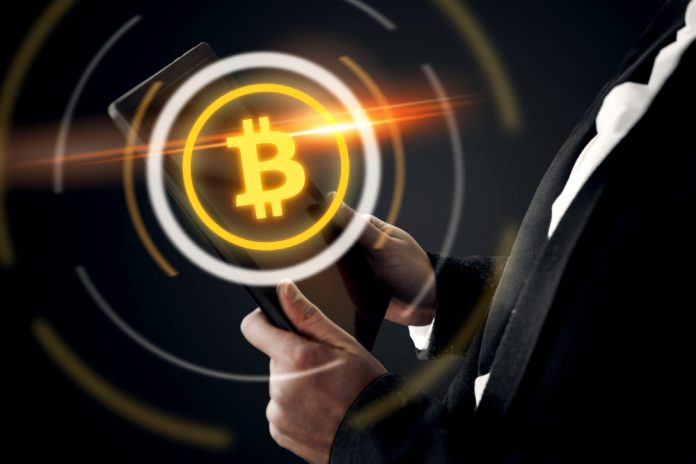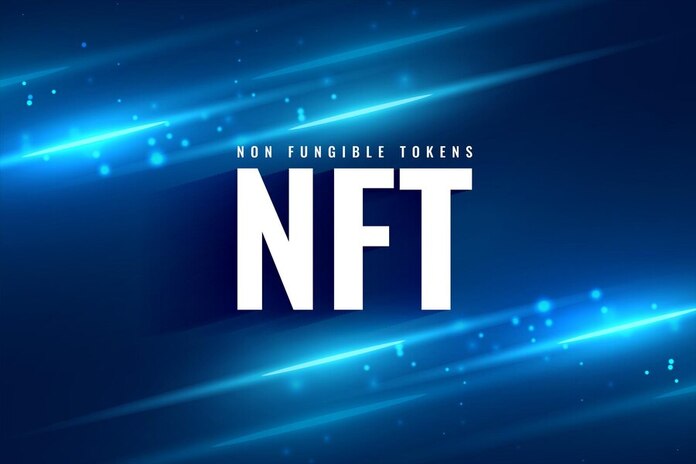Kraken Launches Wallet, Competes With Coinbase & MetaMask

Kraken, the second-largest U.S.-based crypto exchange, has unveiled its own crypto wallet, joining the ranks of competitors such as Coinbase(NASDAQ:COIN) and MetaMask in the saturated market.
The newly launched self-custodial “Kraken Wallet,” debuting on Wednesday, offers support for eight blockchains including Bitcoin, Ethereum, Solana, and Dogecoin. Notably, it is the first wallet from a major exchange to be open-sourced, allowing developers to access and contribute to the code. Kraken also incentivizes developers to identify vulnerabilities through its open-source grant program.
Focused on user privacy, Kraken Wallet collects minimal data necessary for functionality, shielding IP addresses and protecting users’ identity and location information. This emphasis aligns with the principles of the crypto space, emphasizing self-custody and privacy.
While Coinbase’s Coinbase Wallet remains popular, other major exchanges like Binance and OKX also offer wallets integrated into their ecosystems. Kraken’s move into the wallet space reflects its commitment to providing users with access to on-chain ecosystems and maintaining a user-centric approach.
Kraken has been expanding its product offerings, including discussions with layer 2 teams to explore building its own layer 2 blockchain. The development of Kraken Wallet underscores the importance of self-custody in the crypto ecosystem, particularly in light of the risks associated with leaving assets on centralized exchanges highlighted by past incidents such as the collapse of FTX crypto exchange in 2022.
Eric Kuhn, Product Director for Kraken Wallet, emphasized the significance of the “your keys, your crypto” ethos and expressed Kraken’s commitment to building the best all-in-one crypto wallet that is open-source, secure, and private.
Featured Image: Freepik



